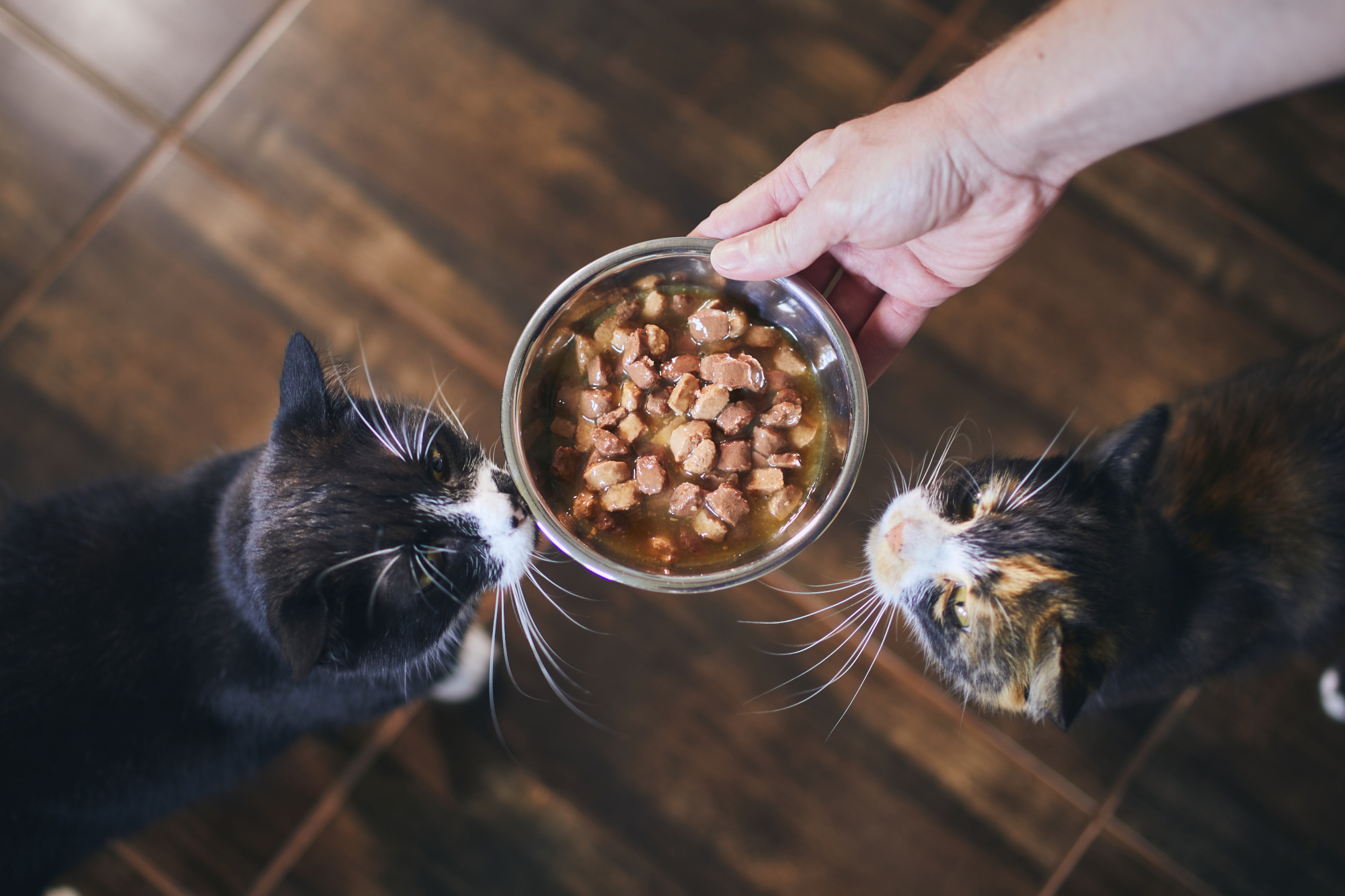Summertime is full of warm, beautiful days, lots of outdoor fun, and more. However, it also comes with its own unique set of risks and responsibilities, particularly for pet owners.
One animal that is especially vulnerable to the summer climate is rabbits. These furry creatures are popular pets—and for good reason. They’re smart, affectionate, and highly unique animals, with their own little quirks and personalities. But they’re also extremely prone to heat stroke, even at relatively low temperatures.
What you need to know about heat stroke in rabbits
Just like cats, dogs, and humans, rabbits can be placed at serious risk when temperatures get too high. And with the summers getting warmer each year, it’s important that you’re informed and prepared to keep your bunny safe in the hotter months.
Your rabbit’s enclosure should be kept at an ideal temperature between 10 and 20 degrees celsius. Since rabbits live underground in the wild, it’s important to achieve a similar temperature in your home enclosure.
There are a few symptoms of rabbit heat stroke that you must be on the lookout for this summer. These include:
- Lethargy/low energy
- Hot, red ears
- Disorientation
- Weakness
- Laboured breathing
Rabbits are small creatures, and can’t take much when it comes to excessive temperatures. So here are six ways to ensure your rabbit is kept cool, comfortable, and safe this summer.
1. Use water to keep your rabbit cool
For many rabbit owners, this will be the first thing you do to keep your rabbit cool and comfortable in the summertime. By strategically using cool water on your rabbit’s body, you can lower their body temperature and protect them from the dangers of heat stroke.
For one, we recommend placing a wet towel over your rabbit’s cage. Not only will this provide shade, but the cool moisture will help to keep the temperature low. Just be sure to rewet the towel periodically, as the temperature will begin to rise again as the heat warms it up.
Another way to help your rabbit is by wiping or misting them with water. The ears are a great place to do this, as they’re an important part of their temperature regulation. Use a clean cloth, dampen it with cool water, and give their ears a little wipedown throughout the day. Alternatively, keep a misting bottle of cool water nearby and give them a little spray periodically. This can go a long way in regulating your rabbit’s temperature and protecting them from heat stroke.
2. Make sure the water in your rabbit’s bowl is cold
Who doesn’t love a cold drink on a hot day? Did you know that rabbits love it too?
Your rabbit needs a steady supply of fresh, clean water to stay hydrated and keep themselves healthy. Water is doubly important in the summer since it’s one of the best ways to lower body temperature and stave off heat stroke.
In the summer months, you should be changing your rabbit’s water as soon as it reaches room temperature. You can even try putting ice cubes* in the water, but pay attention to make sure your rabbit is still drinking enough.
By keeping their supply cold, they’ll be lowering their temperature every time they take a drink —which they’ll be doing a lot during the summertime.
*Note: We don’t recommend giving your rabbit ice cubes on their own, as this can create intestinal issues.
3. Make use of ice in your rabbit’s hutch and enclosure
On the note of ice, there are ways to use it in your rabbit’s area to keep things cool.
Get a couple of large, plastic bottles and fill them 2/3 of the way with water, leaving room for the ice to expand. Put them in the freezer until they’re frozen solid, and then put them in the shaded areas of your rabbit’s enclosure (such as in their hutch or under a wet towel placed on their cage). Your rabbit will likely sit close to these homemade ice packs, which helps a lot in cooling them down. Just be sure to have extra ice packs in the freezer so you can switch them out as they melt.
4. Think about the flooring in your rabbit’s area
In the wild, rabbits live in underground tunnels, called burrows. The soil is a natural insulator, meaning these burrows are kept cool in the summer and warm in the winter. You can emulate this in a few ways with simple additions to your rabbit’s enclosure:
- Add an earth base – You can try filling in part or all of the floor in your rabbit’s space with a layer of dirt, which they’ll instinctively use to keep cool. You can even moisten the dirt to help them cool down even better.
- Use a dirt tray – If the last option sounds too messy, you could always simply add a container of soil somewhere in your rabbit’s enclosure for a similar effect.
- Add marble or ceramic tiles – You can sometimes get a handful of floor tiles for cheap (or free) from floor companies. If you find some that are marble or ceramic, place them on the floor in a shady area of your rabbit’s enclosure. Marble and ceramic tiles are great insulators, and your rabbit will love cooling off as they lie on them.
5. Create shaded areas for them to rest
For rabbits, it’s essential that they have lots of shaded space to keep them cool in the summer months and prevent heat stroke. Add covers over their cage or hutch, and provide other shelter in the enclosure to make sure they can get out of the sun. You should also be sure to put their food, water, and sleeping areas in the shade, since these are the last places you want to warm up in the summertime.
6. Consider adding a fan to your rabbit enclosure
This final tip is a great way to consistently keep your rabbit cool, especially if you have to leave the house and can’t be around to do it yourself throughout the day.
There are a few models of safe, battery-powered fans designed for rabbit hutches. And in a pinch, you can always use a regular fan, as long as both the fan and the cable are safely outside of your rabbit’s reach. You can even place a bowl of ice in front of the fan (and also out of reach for your rabbit) to make an improvised air conditioner for your furry friend.
Summer is a lovely time of year, but it’s important to also be aware of the risks it brings for rabbits and other furry pets. By keeping these tips in mind, you can keep your rabbit cool, comfortable, and safe as the temperatures climb.
Creative Commons Attribution: Permission is granted to repost this article in its entirety with credit to Hastings Veterinary Hospital and a clickable link back to this page.






